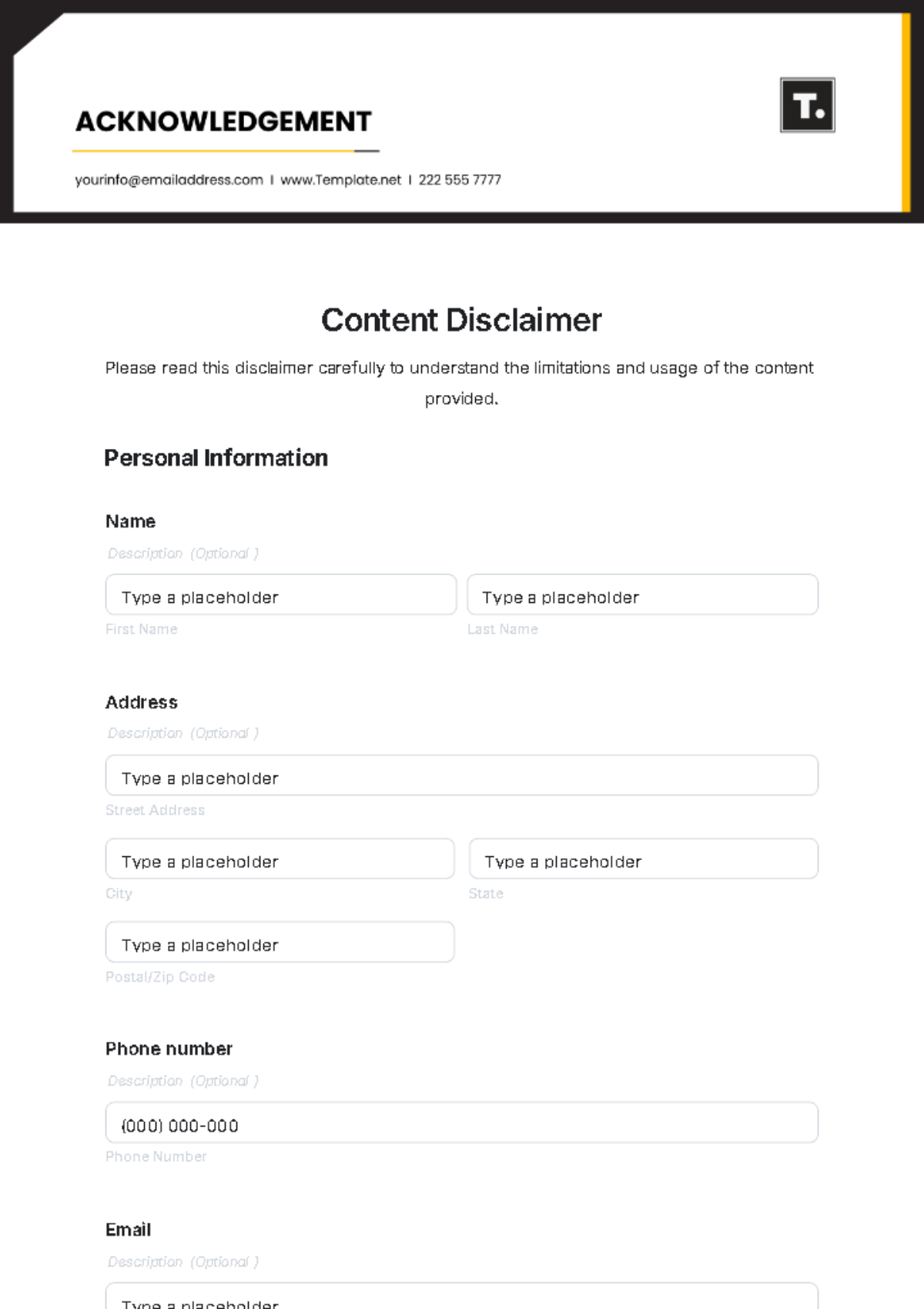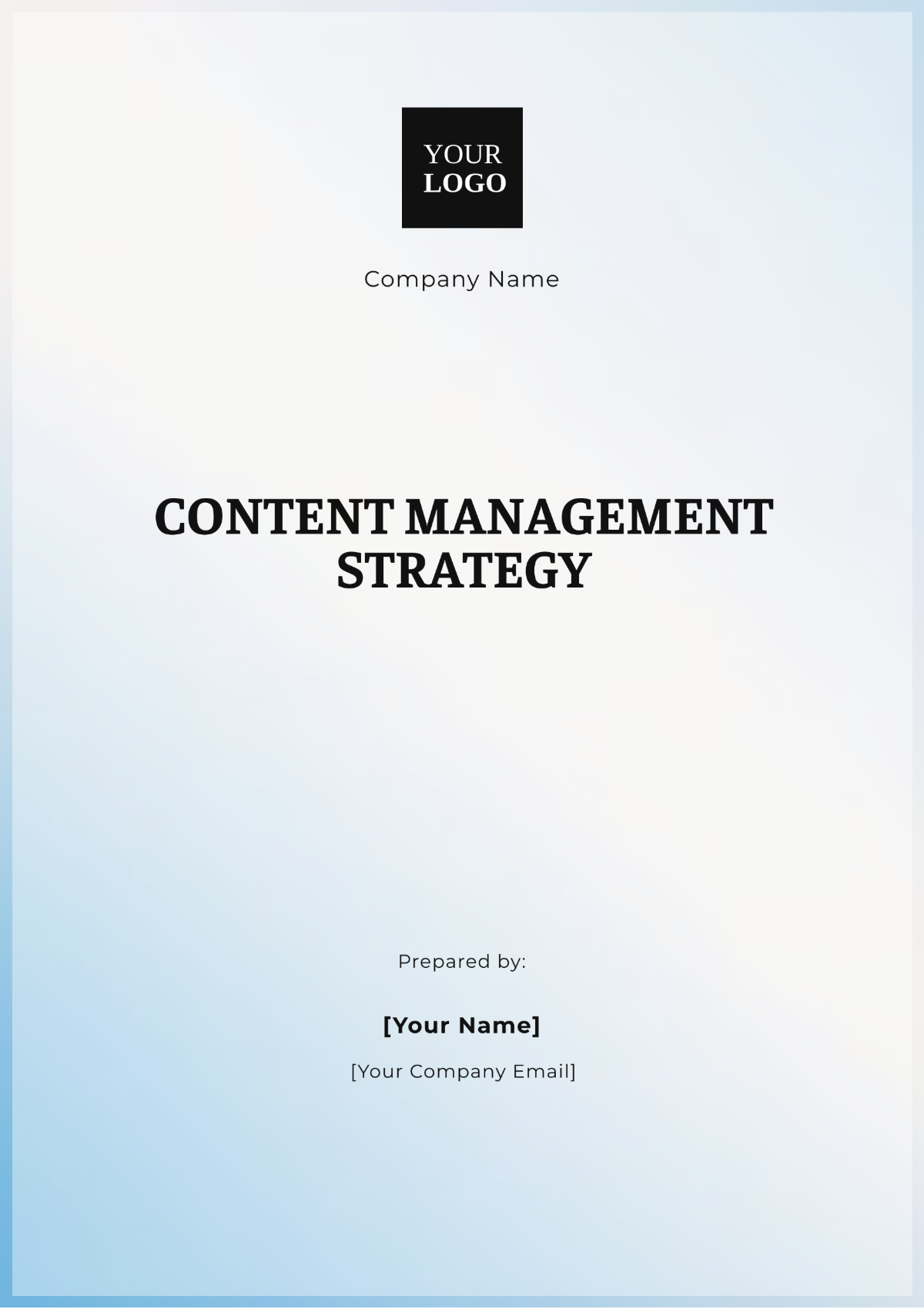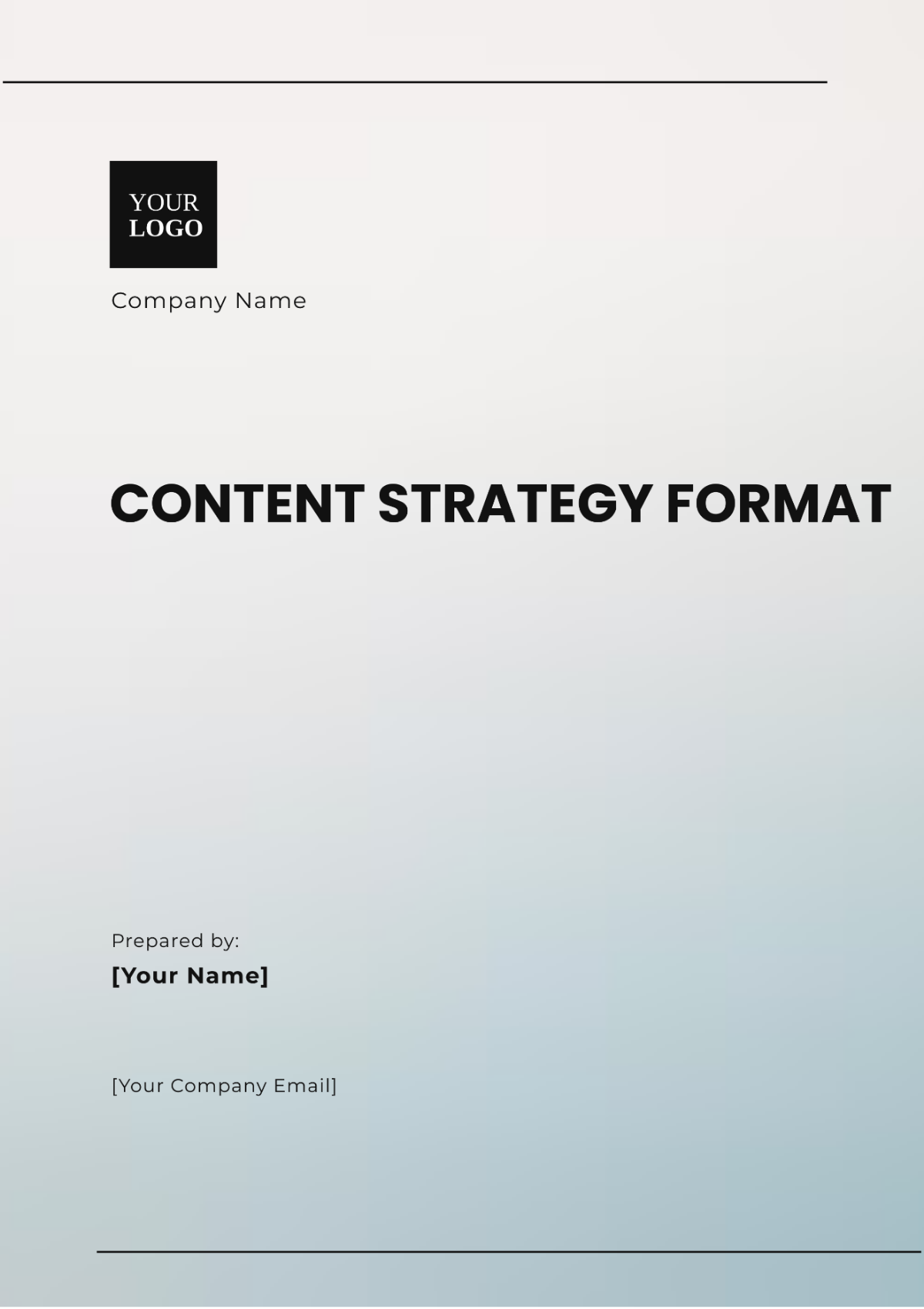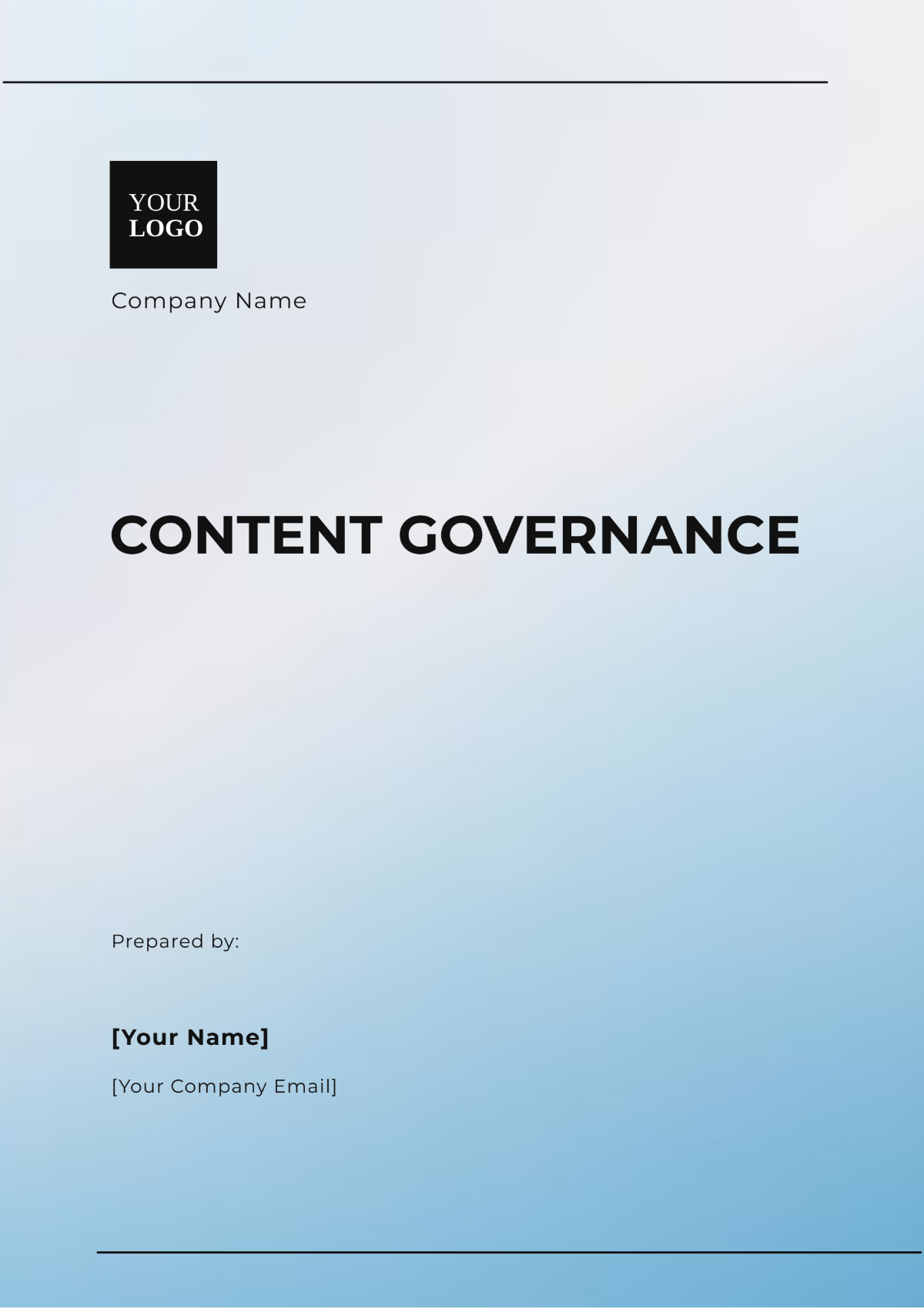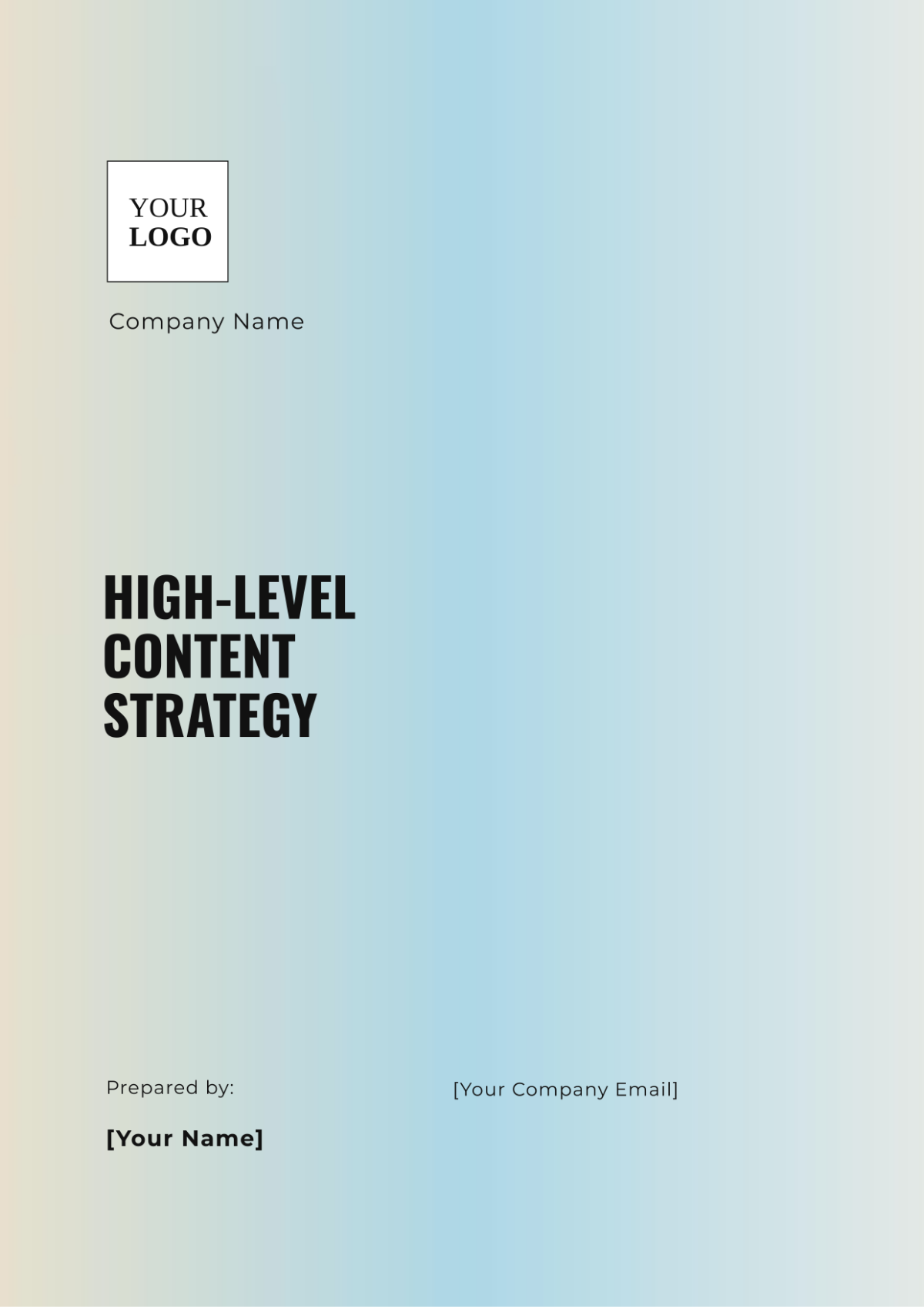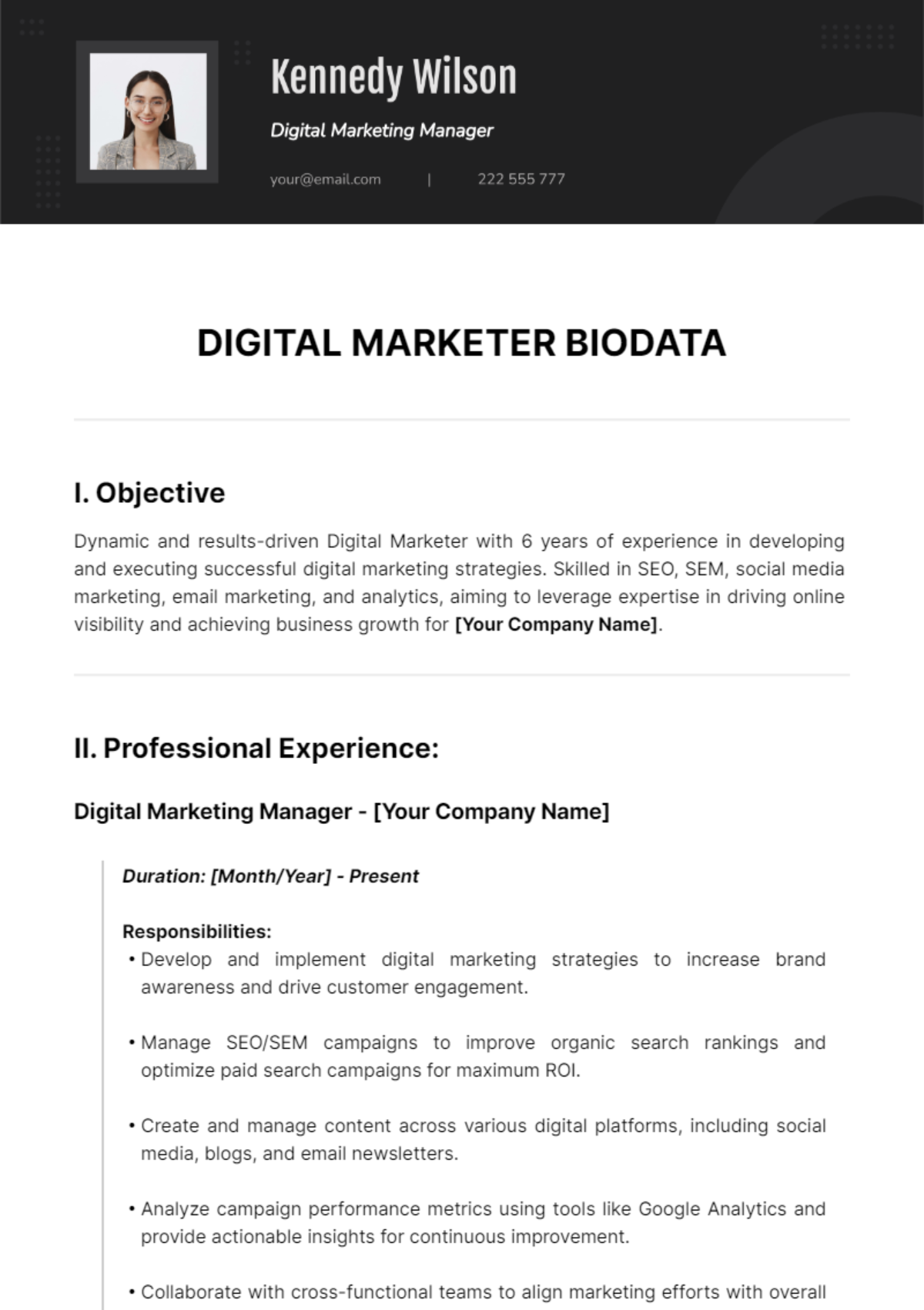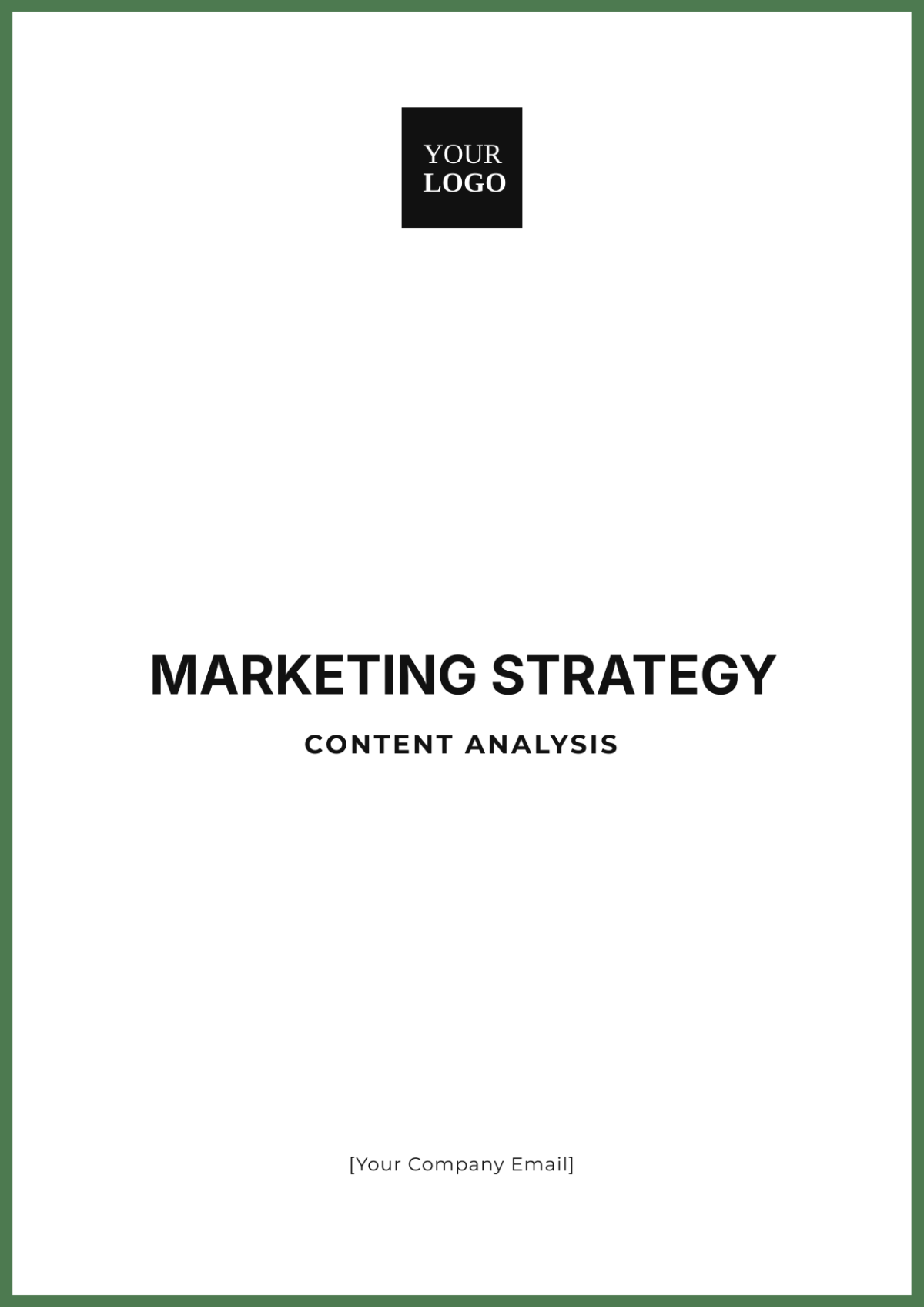Content Strategy Format
Introduction
In today's digital landscape, a robust content strategy is pivotal for any business aiming to engage its audience, build brand awareness, and drive conversions. A well-structured content strategy ensures that every piece of content aligns with the brand's goals and resonates with the target audience. This document outlines a comprehensive content strategy format designed to streamline your content creation process and maximize impact.
Objectives
Increase brand awareness by 25% within 6 months
Engage and retain the target audience with a 15% increase in time spent on site
Drive traffic to the website by achieving 50,000 monthly visitors
Generate 500 leads and conversions per month
Establish authority in the skincare industry
Audience Analysis
1. Target Audience Segments
Demographics: Age 25-45, primarily female, located in urban areas, college-educated, professionals
Psychographics: Interested in organic and natural skincare, values eco-friendly products, health-conscious lifestyle
Behavioral: Regular online shoppers, follows skincare influencers, engages with brand content on social media
2. Audience Personas
Persona | Description | Needs | Pain Points |
|---|---|---|---|
Eco-Conscious Emma | A 30-year-old marketing professional who prioritizes eco-friendly and organic products. | Products with natural ingredients, sustainable packaging, and transparency about sourcing. | Concerns about hidden chemicals, lack of trust in big brands. |
Skincare Savvy Sarah | A 25-year-old skincare enthusiast who follows the latest trends and seeks effective skincare solutions. | Detailed product information, positive reviews, and visible results. | Overwhelmed by the number of choices, skeptical about product claims. |
Content Audit
1. Existing Content Inventory
Blog posts: "The Benefits of Organic Skincare," "How to Create a Skincare Routine"
Videos: "Morning Skincare Routine," "DIY Natural Face Masks"
Social media posts: Instagram stories on new product launches, Facebook Live Q&A sessions
Whitepapers: "The Science Behind Organic Skincare"
E-books: "Ultimate Guide to Natural Skincare"
2. Performance Analysis
Content Type | Metrics | Insights |
|---|---|---|
Blog Posts | Traffic, Engagement | High traffic on "How to Create a Skincare Routine," low engagement on older posts. |
Videos | Views, Shares | "Morning Skincare Routine" video has the highest views and shares. |
Content Themes and Topics
1. Core Themes
Educational: Informative articles, how-to guides, tutorials on skincare
Entertaining: Quizzes like "Which Skincare Ingredient Are You?", interactive content, engaging videos
Inspirational: Case studies, customer success stories, testimonials from satisfied users
2. Topic Ideas
"The Benefits of Using Organic Skincare Products"
"10 Common Skincare Mistakes to Avoid"
"How to Transition to a Natural Skincare Routine"
Content Calendar
1. Monthly Overview
Week | Content Type | Topic | Distribution Channel |
|---|---|---|---|
Week 1 | Blog Post | "The Benefits of Using Organic Skincare Products" | Website, Social Media |
Week 2 | Video | "10 Common Skincare Mistakes to Avoid" | YouTube, Social Media |
Week 3 | Infographic | "How to Transition to a Natural Skincare Routine" | Website, Social Media |
Week 4 | Webinar | "Understanding Your Skin Type" | Website, Email |
Content Creation and Workflow
1. Roles and Responsibilities
Role | Responsibility |
|---|---|
Content Manager | Oversee strategy, editorial calendar |
Content Writer | Create articles, blog posts |
Graphic Designer | Design visuals, infographics |
Video Producer | Create and edit videos |
SEO Specialist | Optimize content for search engines |
2. Content Production Process
Ideation: Brainstorming and topic selection
Research: Gathering information and resources
Creation: Writing, designing, and producing content
Editing: Reviewing and refining content
Approval: Final review and approval
Publishing: Uploading and distributing content
Promotion: Sharing across channels and platforms
Distribution and Promotion
1. Channels
Owned Media: Website, blog, email newsletter
Earned Media: Social shares, backlinks, media coverage
Paid Media: PPC ads, sponsored content, social media ads
2. Strategies
SEO Optimization: Keyword research, on-page SEO, link building
Social Media Marketing: Scheduled posts, community engagement, influencer collaborations
Email Marketing: Regular newsletters, personalized campaigns, automated workflows
Measurement and Analytics
1. Key Performance Indicators (KPIs)
Traffic Metrics: Page views, unique visitors, bounce rate
Engagement Metrics: Time on page, comments, shares
Conversion Metrics: Lead generation, sales, conversion rate
2. Tools and Platforms
Google Analytics: Website traffic and user behavior
Social Media Analytics: Engagement and reach on social platforms
CRM Systems: Lead tracking and customer relationship management
3. Reporting
Metric | Goal | Actual | Insights |
|---|---|---|---|
Website Traffic | 50,000 monthly visitors | 45,000 visitors | Slightly below target, need to increase promotional efforts. |
Engagement Rate | 15% increase in time spent on site | 12% increase | Engagement improving, but more interactive content may be needed. |
Conclusion
A comprehensive content strategy is essential for aligning content efforts with business objectives and audience needs. By following this format, you can ensure that your content is purposeful, impactful, and measurable, ultimately driving your brand's success in the digital landscape.
Prepared by: [Your Name]
[Your Company Name]



